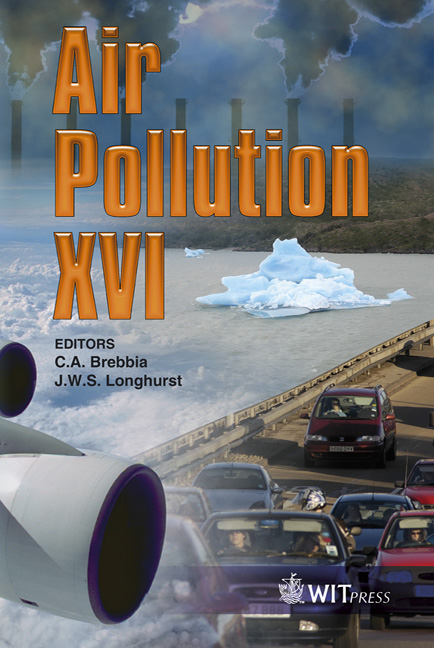Are Environmental Health Officers And Transport Planners In English Local Authorities Working Together To Achieve Air Quality Objectives?
Price
Free (open access)
Transaction
Volume
116
Pages
10
Page Range
607 - 616
Published
2008
Size
341 kb
Paper DOI
10.2495/AIR080611
Copyright
WIT Press
Author(s)
A. O. Olowoporoku, E. T. Hayes, N. S. Leksmono, J. W. S. Longhurst & G. P. Parkhurst
Abstract
Since 1997, Local Air Quality Management (LAQM) has been used as a process through which local authorities in England identify and manage specific air quality problems within their jurisdictions in order to achieve the air quality objectives (AQO). However, the limitation of this process is that of policy disconnect between diagnosis and solutions proffered within it. Over 90% of air quality ‘hot-spots’ identified through the LAQM are due to traffic-related sources. Hence, the air quality action plans prepared by the environmental health officers (EHO) are improperly calibrated as a policy instrument for tackling most of the problems discovered through the LAQM. The inclusion of air quality as one of the four shared priorities in the second round of the Local Transport Plan (LTP2) therefore implies that the EHO need to engage with the transport planners (TP) at the local level in order to address most of these problems i.e. traffic-related air pollution. Since LAQM and LTP operate as two parallel frameworks with a separate agenda and timetable, adequate connectivity between both policy packages is thereby dependent on the type and level of inter-professional engagement between the departments and officials responsible for both policies at every level of government involved. This paper presents emerging issues from the questionnaire survey of EHO and TP in over 200 local authorities in 2007 as part of a three-year investigation into the effectiveness of achieving the AQO through the LTP in English local authorities. While there is wide support for the achievement of AQO through the LTP, the two groups identified differences in time-scale for delivering both policies, prioritisation of air quality within LTP, and unequal expectations as major factors affecting the integration. These factors indicate the existence of institutional complexities between parallel policy communities in ensuring integration. Keywords: Local Air Quality Management (LAQM), Local Transport Plan (LTP), policy integration, environmental health officers, transport planners.
Keywords
Local Air Quality Management (LAQM), Local Transport Plan (LTP), policy integration, environmental health officers, transport planners.





